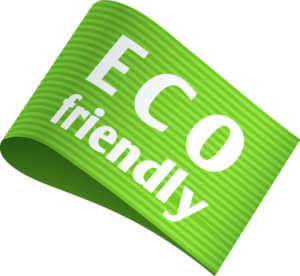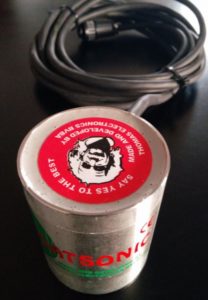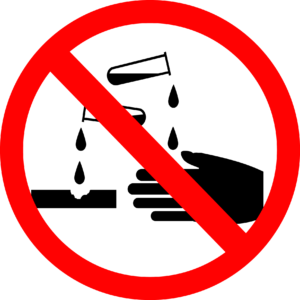Depending on the situation and application, different methods are possible.
All of them are 100% ecologic
1-Ultrasound: 
These systems are based on the original patented methode and improved over more than 15 years.
The technology uses ultrasound (>20Khz) signal algorithms that are produced by one or more transducers. The signal is direct or indirect injected into a liquid and initially increases the permeability of the celmembranes and/or the vacuoles of single celled micro-organisms present in the liquid.
Over time these membranes rupture and cause a reduction of cfu’s in the treated liquid.
Since less bacteria can now attach to the surfaces, less (sticky) extracellular matter is secreted.
Attachement of all kinds of other micro-organisms and anorganic particles is now also reduced.
This again reduces the feeding ground of other bacteria which in turn eliminate the metabolic survival of microbes.
The algorithm of the ultrasound signal is designed to both detach existing particles and prevent new particles to attach.
The result is that (pathogenic) bacteria such as legionella pneumophilia or the cyanobacteria(blue algae) cannot procreate in this environment.
Subsequently this results in the removal and prevention of all kinds of fouling like algae, fungi and compounds of limes (like CaCO3, Calcium Oxalate or beerstone), etc…
The effective electric power consumption is very low at around 7W(e)/transducer.
A welcome side effect of the biofilm removal is the reduction of Microbiologically Induced Corrosion (MIC) which is mainly formed within the microlayers between the biofilm and the steel surface.


This technique is useful for:
- industrial surfaces in direct contact with the liquid such as :
- heat exchangers
- piping and storagetanks
- boilers and condenses
- ship’s underwater hull
- offshore structures
- desalination plants
- the removal of biofilm and algae from swimming pools, fishing or recreational ponds, fish farms and the like.
- the removal of biofilm from filters and dripfeeding systems to avoid clogging…
- treatment of rainwater or irrigation reservoirs
Advantages if this technique are :
- the machinery or application can remain in service

- Installation is simple without invasive techniques
- small electrical consumption
- once installed, no further maintenance is required
- lifetime of >15 years.
This methode does not use any biocidal or corrosive chemicals and does not change the chemical composition of the liquid.
2- Liquid Probiotics for surfaces: 
This methode makes use of a mixture of positive (effective) micro-organisms (EM), enzymes and pure water.
The EM are habituated to consume organic waste such as:
- oil
- grease
- lime (calcium carbonate)
- rust
- starch
- fungi
- sugars
- …
The waste products are converted into CO2 and water.
All products are Ph7 , 100% safe and biodegradable.
Some applications :
- (waste water) storage and re-circulation tanks
- small pools and (fish)ponds
- dry or periodically wetted industrial surfaces
- transport industry maintenance
- industrial car wash installations
- …
3-Aerosolized probiotics for air purification:
Trough the controlled release of a compound of effective micro-organisms (example from the Bacillus Ferment strain) into the atmosphere.
- for HVAC systems in appartments or public buildings
- for domestic house interiors
- for boat interiors
- …
